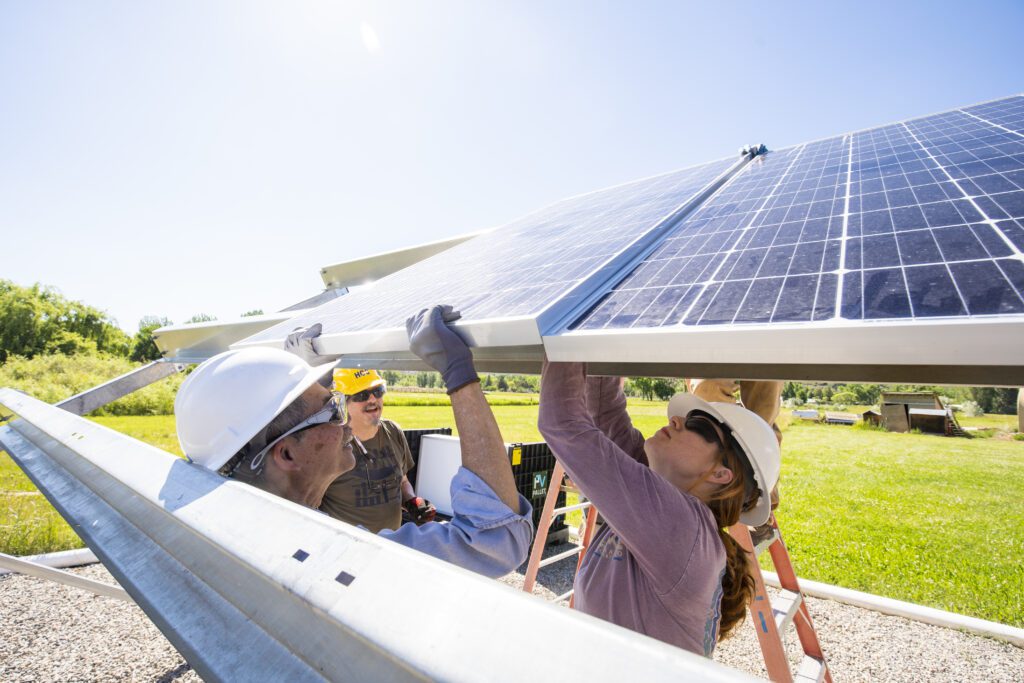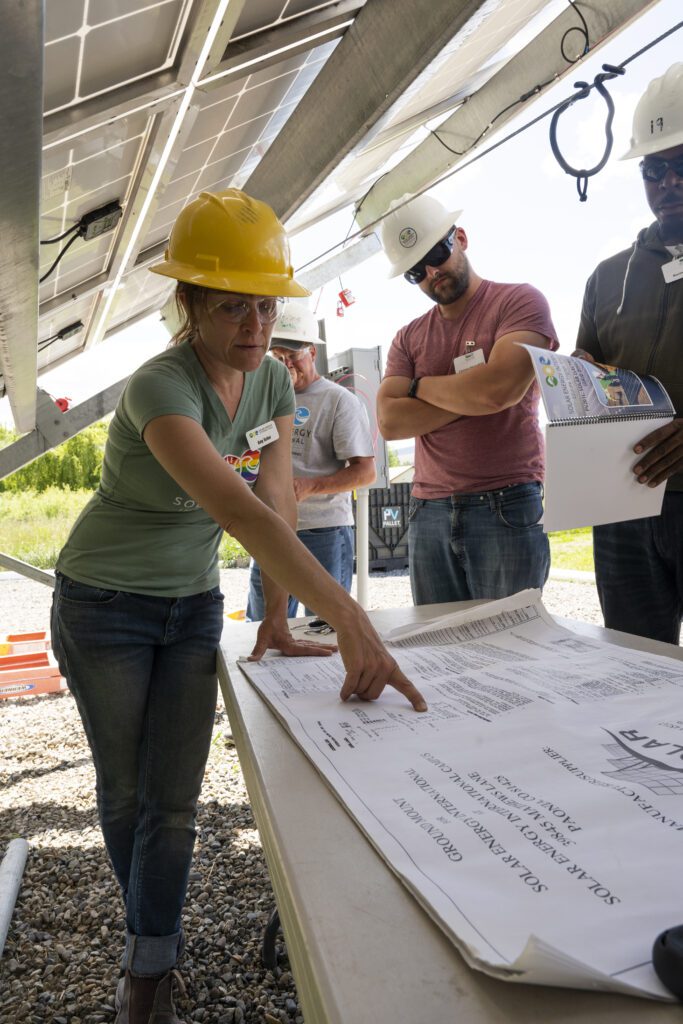Developing the Solar Power Workforce for the Gigawatt Era
The solar energy industry in the U.S. is at a critical juncture. With the ambitious target set by the Solar Energy Industries Association (SEIA) to have solar produce 30% of the country’s energy by 2030, a monumental effort is required.
We must add 48 GW of solar capacity each year to meet this goal. Achieving this means building a one million-strong solar workforce by 2030, representing a nearly 278% increase from the 263,883 solar workers reported in the Interstate Renewable Energy Council (IREC) National Solar Jobs Census 2022.
COMMENTARY
The challenge is clear: we need to accelerate the growth of the solar workforce to achieve our industry targets.

Educating the Existing Energy Workforce on Solar Opportunities
As the clean energy transition gains momentum, the oil and gas industry is experiencing a downturn, according to Grist, shedding 700,000 jobs in 2022 alone. However, these displaced energy professionals possess invaluable skills and industry knowledge that can be harnessed to rapidly build a highly skilled solar workforce.
In a recent survey of oil and gas professionals, a staggering 56% expressed interest in pursuing opportunities in the renewables sector, compared to 38.8% the previous year. This growing pool of interest offers a unique opportunity for the renewables sector to tap into a skilled labor force.

To facilitate this transition, robust training initiatives are essential. Energy technicians from the oil and gas sector need tailored programs that retrain them for success in renewables. The quality and efficiency of these new solutions depend on effectively training the next wave of renewable energy professionals.
Training a Skilled and Equitable Workforce
Training is mission-critical in scaling the solar workforce. Well-trained solar workers ensure that photovoltaic (PV) systems are reliable and safe. The 2022 National Solar Jobs Census by the Interstate Renewable Energy Council revealed that 44% of solar industry employers found it “very difficult” to find qualified applicants—an all-time high.
SEIA’s recent approval by the American National Standards Institution to develop national solar and storage industry standards marks a significant step forward. These standards are instrumental in adequately training the growing solar workforce, ensuring that the training is directly applicable and meets industry needs. This move is vital to the industry’s overall success, particularly in maintaining quality and consistency in solar workforce training programs.

Furthermore, it is crucial to ensure that training is accessible to all, regardless of their economic status or location. This inclusivity involves offering training in various formats, including virtual training courses and webinars. Notably, NABCEP-approved courses are widely recognized as leading workforce training programs in the industry. Apprenticeships and in-person/on-the-job training programs also play an important role in creating a diverse and skilled solar workforce.
Equipping the Workforce with the Tools for Success
The success of solar installations and the deployment of solar workers in the field hinge on safety and efficiency. Currently, solar assets are underperforming by an average of 8%, according to KWh Analytics. To meet clean energy targets, it’s imperative that the workforce can measure and rectify performance inadequacies.
New tools designed for solar technicians are emerging to optimize the performance of clean energy generation sites. These tools help maintain energy infrastructure and address specialized tasks essential for ensuring clean energy projects perform as expected. By using multifunction tools and testers with integrated software, solar workers can rapidly and accurately analyze system performance, identify issues, and resolve them. This process maximizes performance and uptime for projects while minimizing the time spent diagnosing and fixing issues on the job site.
In conclusion, developing a robust solar workforce to support the exponential growth of clean energy infrastructure is vital for achieving our climate goals. The transition of oil and gas workers into the renewables sector, coupled with comprehensive training programs and cutting-edge tools, will be pivotal in reaching our target of one million solar workers by 2030. As we stand at the threshold of the gigawatt era, investing in the solar workforce is an investment in a sustainable and prosperous energy future for the U.S.
—Will White is Solar Application Specialist at Fluke Corp.